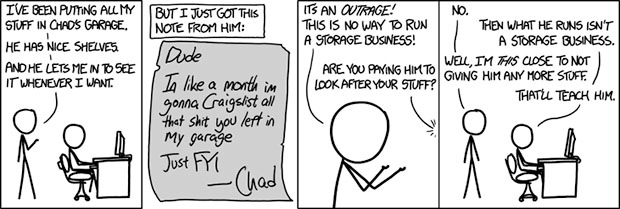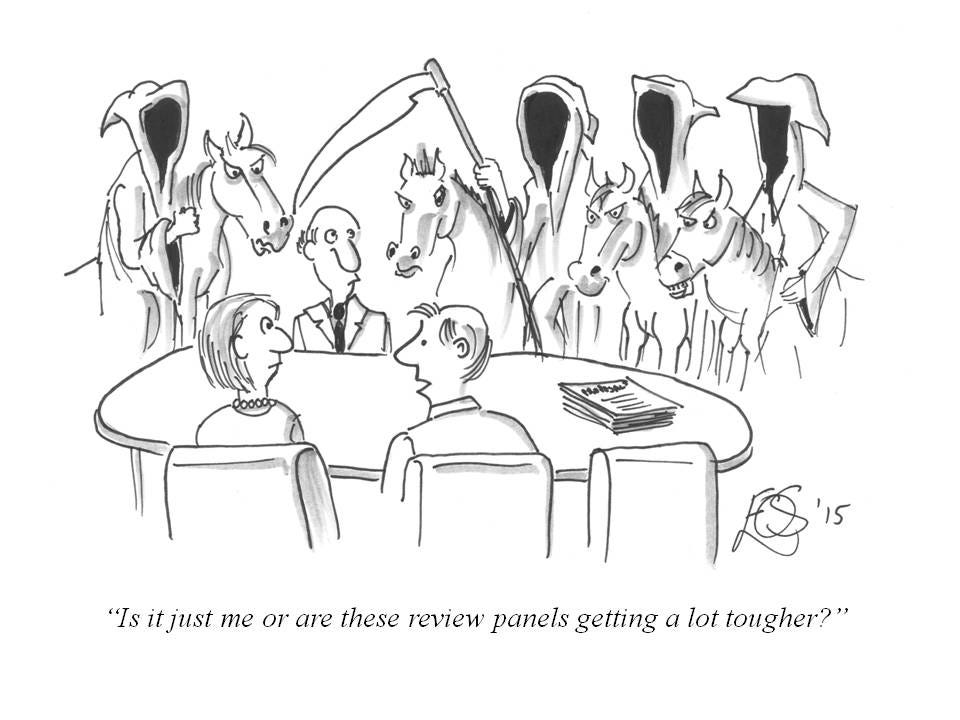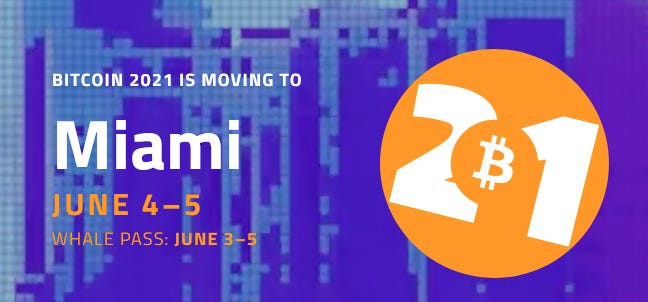Everything is a Search for Yield. Bitcoin Tech Talk #234
Bonds are returning very low, some even negative interest rates. Stocks have insanely high P/E ratios and low, if any dividends. Housing price to rent ratios are similarly high and generate comparatively little earnings for the cost. The macroeconomic conditions are such that there’s really no yield anywhere in the traditional markets.
How did we get here? Central banks all over the world have been printing money in a bid to reduce risk. Unfortunately this has had the side effect of reducing yield where these risks have been reduced. As a result, we’re seeing an unprecedented run on all sorts of alternative assets as people search for yield.
Collectibles are having a giant boom since the money printing started. Sports cards, barbie dolls, GI Joe toys, and many other collectibles have had their prices shoot up in value as investors stream out of the traditional markets which look ridiculously overpriced. The central bank money printing in the past year has caused a huge rush into assets of all types, many of which look ripe for a big correction.
Which brings us to Bitcoin. Bitcoin is the one asset that’s able to generate yield in this market and many are finally recognizing it. Not only are individual investors going into Bitcoin, but corporations, hedge funds and even insurance companies are finally getting in. Yet despite the 200% returns per year, many are tempted to get yield even on this amazing asset. What gives?
There’s a fiat disease which looks desperately for yield. This is the result of the risk reduction by central banks which ultimately put people into the bad habit of thinking that nearly all assets are risk-free. In a sense, investors are so used to being made whole on bad risk that they’re not able to evaluate risk properly. As a result, nearly everything has little to no return and when people used to fiat risk look at other yield-bearing instruments, the risk evaluation is thrown off.
In other words, we’ve all been caught in the fiat mentality of looking for yield. The mentality is one of thinking that there’s little risk and that there’s some sort of bailout around the corner. People are definitely thinking like this of services like BlockFi, where they want the extra 2% yield without taking the proper risk into account.
This is due to Bitcoiners since 2015 not having suffered from exchange hacks. The few hacks in the past 6 years have been either highly localized or been bailed out by well-funded VCs. This has unfortunately only encouraged more risky behavior on the part of investors, which, when the music stops, will hurt a lot of people.
This is not only true of lending platforms. Altcoins are another form of yield-chasing. People are not satisfied with the return that Bitcoin gives them and chase even higher returns using altcoins. For some, it’s greed in the form of wanting yield beyond the 200% that Bitcoin has historically given. For others it’s envy in the form of wanting to catch up to the gains of earlier adopters. For still others, it’s pride in the form of trying to catch up to whatever high point in BTC that they had and not taking the loss. All have been toxic and have ruined many people who otherwise would be sitting pretty.
So how does this all end? I imagine there will have to be another major exchange hack before people learn their lesson. A little more yield whether in the form of lending or altcoin chasing is simply not worth it long-term. Investors must learn this through experience or a change in time preference. This fiat disease of squeezing a little more yield for a lot more risk will stop one way or the other.
Bitcoin
Jeremy Rubin summarizes the latest Taproot activation meeting. It seems the consensus is emerging regarding using Speedy Trial as the activation method. Rusty Russell’s objection is not necessarily a barrier, though many are curious whether he would retract his NACK. The main quibble seems to be whether activation will be height-based or median-time-past based. The rough activation time looks to be around November 15th regardless. The subtleties around the activation are many and this is what being careful looks like.
BTCPay has released a security patch. Apparently Tesla Motors contributed to a responsible disclosure of a critical vulnerability in the Docker deployment outlined in CVE-2021-29251. The actual vulnerabilities are yet undisclosed, but will be in time for the next version. In the meantime, everyone running BTCPayServer should upgrade.
Ben Kaufman explains the new features in Specter Wallet version 1.3.0. The major features include one-click setup, quick sync using a trusted snapshot, customization of RBF transactions, and usage of the mempool.space API for fee estimation. Lastly, they now support BitBox02, which adds to the collection of hardware wallets now supported for multisig.
Brink has announced their first three developer grants. Jesse Posner will get a grant to continue his work on adapter signatures, Alekos Filini will continue maintaining Bitcoin Dev Kit and Hennadii Stepanov will continue his work in Bitcoin Core. Congrats to all of them!
Lightning
Rusty Russell explains what was released in c-lightning 0.10.0. This release supports dual-funding where channels can be funded by both sides, adding liquidity in both directions. This is not standard yet, but the obvious bidirectionality of dual-funded channels is a clear win as it’ll help add liquidity to both sides in a fair manner.
Economics, Engineering, Etc.
Nicholas Beaird writes about Bitcoin’s True Barrier to Entry. This is a nice long-read about what it really takes to become a long-term Bitcoin holder. The phases he describes, of Discovery, Humility, Conviction and Understanding are likely to be familiar to many of you. I haven’t seen this process articulated in quite this way and reading it should help you level up your hodling game.
Blockstream is issuing a Bitcoin mining token on Liquid. This is a security token with real rights for the token holders and meant more for institutional investors who want Bitcoin mining exposure.
Mimesis Capital does a deep-dive into the cash-and-carry futures trade or “contango” in Bitcoin. The post gets into a lot of financial lingo like “contango” “perpetual swaps” and “backwardation”, but the article lays out some conjectures on why the futures trade exists. The main reason seems to be the reason that all assets are going up. There’s a lot of money being printed and little yield anywhere. The contango currently only helps Bitcoin’s price as more and more BTC gets locked up to do the cash-and-carry trade.
Nic Carter analyzes where Bitcoin mining is happening in China. The article gives a great overview of where energy is cheap and where the population is to take advantage of the energy generation. Unsurprisingly, the Bitcoin miners tend to be where there’s a lot of energy generation and little usage. This is an excellent overview of how much energy generation sits there unused or wasted and how much Bitcoin helps relieve such inefficiencies in the energy market.
NFTs stands for “not fully thought-out.” This is another voice of reason regarding what amounts to a bunch of signatures. I’ve written plenty on NFTs, but this is a nice consolidation of various ideas and more in a single article.
Paypal is now settling in BTC for payments. This was an obvious move to support regions where they don’t support their local currency. Visa seems to be planning to do the same thing.
Tether releases an assurance opinion that it’s fully backed. This is another one of those stories that comes back every bull cycle, perhaps this particular FUD can now go away for good.
Another week, another centralized altcoin gets sued by the government.
Events
Final call for Thank God for Bitcoin book launch dinner in Austin April 7. All 8 of the authors will be there and we’ll have plenty of meat to eat.
I am going to be at Texas A&M Bitcoin conference on April 16-17. This will be my first in-person conference since Bit Block Boom last summer.
I am also going to be at Bitcoin 2021 June 4-5.
I am starting up my Programming Blockchain seminar again. Next seminar is on June 1-2 in Miami and then on August 13-14 in Mexico. This is a 2-day seminar for programmers to learn about Bitcoin. You can apply here. I also have a few scholarships available for those that can’t afford it.
Podcasts, Etc.
I have a new Sphinx group for my podcast and newsletter.
On this week’s Bitcoin Fixes This, I talked to All-star pitcher CJ Wilson about adversity. He’s one of the most interesting people I’ve met and his grit was clear in my interview. He’s also really entertaining with his stories and the injuries and doubt that he overcame was an inspiration to me personally.
Guy Swann has recorded my Empty Block Attack article. I talked to Flyover Libertarian and Vaguely Speaking about the new book:
Fiat delenda est.














